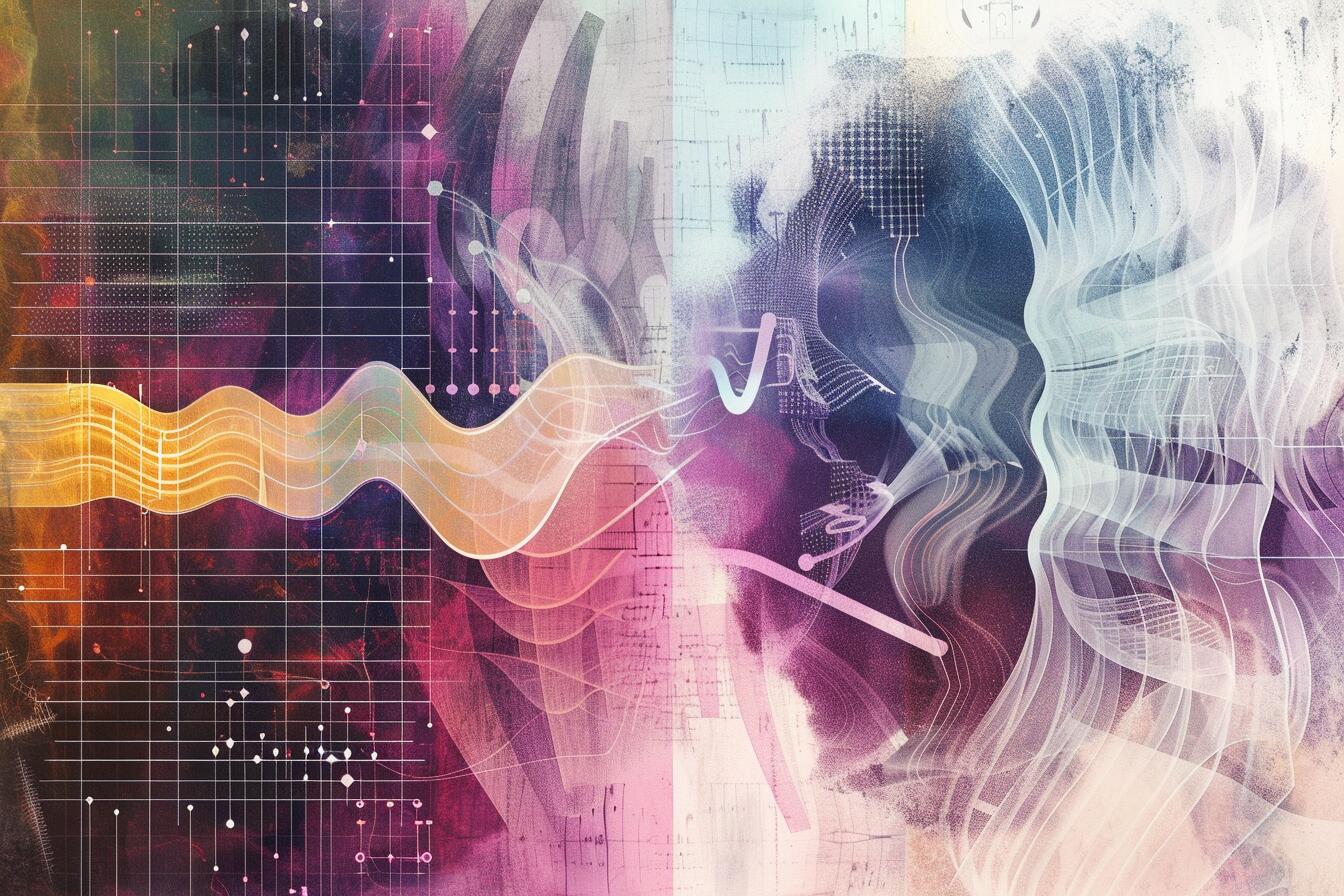
Concrete Causality: How Stochastic Electrodynamics Explains Quantum Effects
Exploring the unconventional interpretations of quantum mechanics, this article unveils the intricate details of the double-slit experiment, scrutinizing the complexities of Quantum Electrodynamics (QED) and the potential of Stochastic Electrodynamics (SED).
Introduction
The double-slit experiment, initially executed with light by Thomas Young in the early 1800s and later with particles in the 20th century, signifies a cornerstone in our understanding of quantum mechanics. This experiment, featuring particles forming an interference pattern suggestive of wave-like behavior, which dissipates upon attempting to discern the particle's path, challenges our classical intuition and opens a plethora of questions about the quantum world.
The Orthodox QED View
QED, crystallized in the 1920s, furnishes a robust mathematical framework to elucidate interactions between light and matter, utilizing principles like wave-particle duality and probabilistic interactions, albeit without offering a physical causality for these quantum phenomena.
Insight into Quantum Phenomena: Zeeman Effect & Lamb Shift
The Zeeman Effect, which pertains to the splitting of a spectral line into several components in the presence of a magnetic field (( \Delta E = \mu B )), and the Lamb Shift, involving a minute difference in energy levels due to vacuum fluctuations, are both accurately predicted by QED, underscoring its predictive prowess, despite its abstract nature.
The Alternative SED View
SED, which surfaced in the 1960s, diverges from QED by proffering a physical explanation for quantum phenomena through particle interactions with a background field of quantum vacuum fluctuations, or the zero-point field (ZPF), though it is crucial to note that SED is not widely embraced in the scientific community due to inconsistencies with certain quantum predictions.
Probing into Quantum Vacuum: The Casimir Effect
The Casimir Effect, which involves a quantifiable force emerging between two parallel plates in a vacuum, attributed to ZPF, provides a tangible manifestation of vacuum fluctuations, potentially aligning with the mechanistic approach of SED.
SED vs QED: A Rigorous Analysis
Both SED and QED adeptly predict quantum phenomena but diverge significantly in their explanatory frameworks. While SED provides a mechanistic model involving interactions with the ZPF, QED leans heavily on abstract mathematical formulations, offering precise predictions without delving into the underlying physical causality.
Evolution and Challenges: Fine Structure Constant
SED and QED have evolved along disparate paths, with QED’s mathematical formalism and SED’s deterministic mechanisms offering different perspectives on quantum phenomena. Both theories adeptly address aspects like the Fine Structure Constant, which governs electron and electromagnetic interactions, yet challenges like explaining non-local quantum entanglement and the probabilistic nature of quantum mechanics remain.
Future Avenues and Experiments
The future trajectory of SED and its potential to diverge from QED predictions hinge upon experimental validation. Experiments probing variations in the Fine Structure Constant or exploring vacuum energy (as suggested by the Casimir Effect) might reveal nuanced insights into the physical reality of ZPF, thus enabling further differentiation between QED and SED predictions.
Conclusion
In conclusion, while SED offers an intuitive and deterministic framework to interpret quantum phenomena, it necessitates further refinement and experimental validation to be juxtaposed with the predictive precision of QED. As our understanding and experimental capabilities advance, SED may potentially unravel novel insights into the quantum domain, offering a mechanistic perspective to the enigmatic quantum world, thereby paving the path toward a deeper understanding of quantum mechanics.
References
Bethe, H. A., & Salpeter, E. E. (1957). Quantum Mechanics of One- and Two-Electron Atoms. Springer, Berlin; Academic Press, New York.
Condon, E. U., & Shortley, G. H. (1935). The Theory of Atomic Spectra. Cambridge University Press.
De la Peña, L., & Cetto, A. M. (1996). The Quantum Dice: An Introduction to Stochastic Electrodynamics (Fundamental Theories of Physics, Vol. 75). Dordrecht; Boston; London: Kluwer Academic Publishers.
De la Peña, L., & Cetto, A. M. (2006). The foundations of linear stochastic electrodynamics. Foundations of Physics, 36(3), 350-368. DOI: 10.1007/s10701-006-9046-0.
Feynman, R. P., Leighton, R. B., & Sands, M. (1965). The Feynman Lectures on Physics, Vol. III: Quantum Mechanics. Addison-Wesley.
Griffiths, D. J. (2005). Introduction to Quantum Mechanics (2nd ed.). Upper Saddle River, NJ: Pearson Prentice Hall.
Lamoreaux, S. K. (1997). Demonstration of the Casimir Force in the 0.6 to 6 μm Range. Physical Review Letters, 78(1), 5-8. DOI: Not Available.
Milonni, P. W. (1994). The Quantum Vacuum: An Introduction to Quantum Electrodynamics. San Diego: Academic Press.
Setterfield, B. (n.d.). Quantum Mechanics. Retrieved from https://barrysetterfield.org/Quantum_Mechanics.html.
Setterfield, B. (n.d.). Quantum Effects. Retrieved from https://barrysetterfield.org/Quantum_Effects/Quantum_Effects.html.
Setterfield, B. (2015). Quantum Effects and the Zero Point Energy. Retrieved from https://barrysetterfield.org/GSRresearchpapers.html.
Adam Malin
You can find me on Nostr at:
npub15jnttpymeytm80hatjqcvhhqhzrhx6gxp8pq0wn93rhnu8s9h9dsha32lx
You can view and write comments on this or any other post by using the Satcom browser extention.
value4value Did you find any value from this article? Click here to send me a tip!